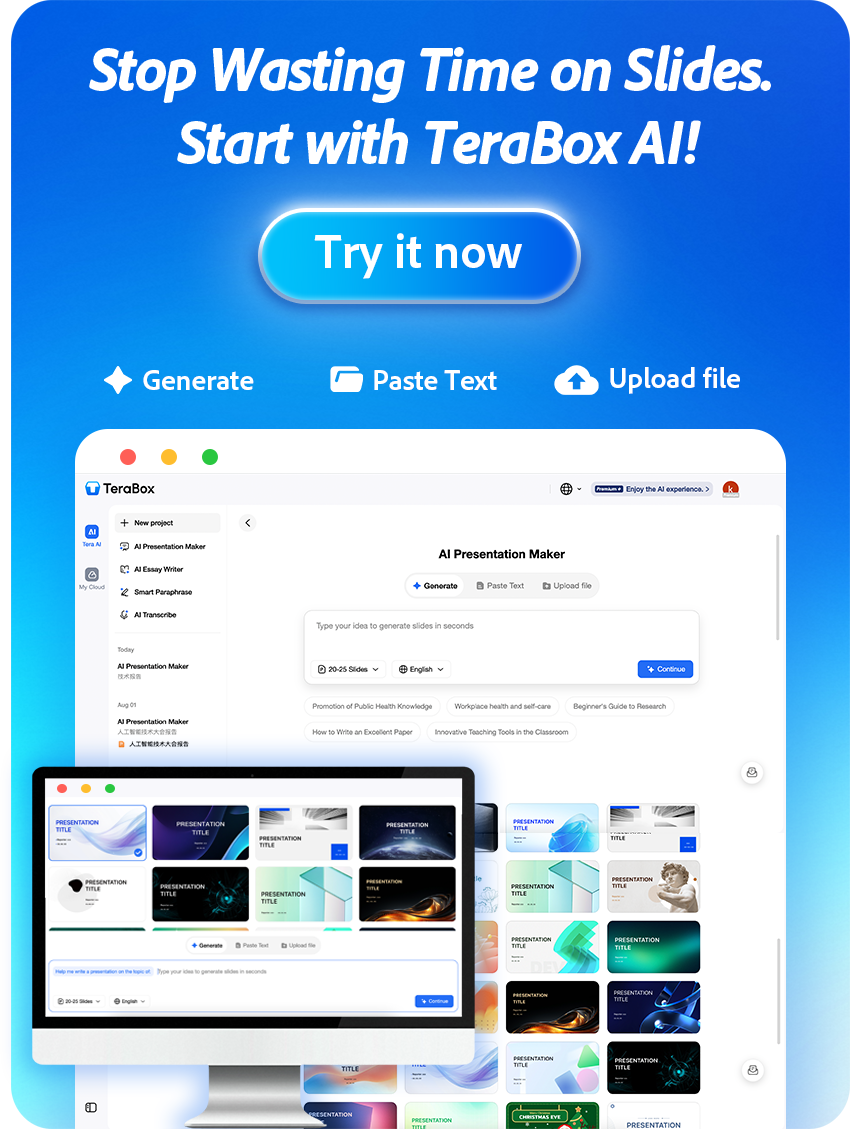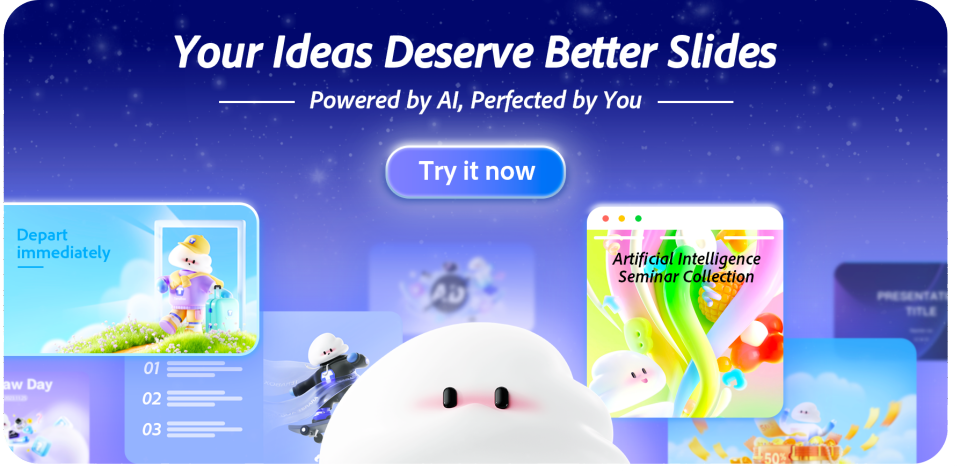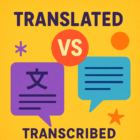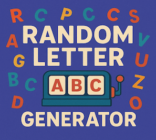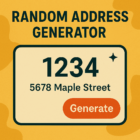Welcome to the future of landscaping. In 2025, ai landscape design is making professional-style design approachable for anyone who wants to improve a garden, backyard, or public outdoor space. Whether you plan a small yard refresh or a full property redesign, AI speeds up the process by providing quick visualization, automated suggestions, and new ways to explore creative layouts from a single photo or measurement.
By leveraging AI, you can iterate design options faster, test different landscape design ideas for your home or yard, and visualize realistic landscape renderings without expensive software or consultants. What you’ll get from this guide: practical planning steps, tool comparisons, step‑by‑step execution tips, and simple personalization tactics to create a dream garden that fits your space.
Ready to try it? Start with a free demo or a beginner-friendly tool to generate an initial layout in minutes and see how AI transforms your design process.
In 2025, an introduction to ai landscape design is essential for anyone who wants to reimagine an outdoor space. AI is transforming the design process by enabling quick visualization, offering automated suggestions based on your inputs, and opening up new avenues for creative exploration—so beginners and experienced users alike can iterate fast and confidently.
These tools make landscape design more cost-effective and accessible than ever. Instead of waiting weeks for professional drafts, you can generate multiple layout options in minutes, test plant palettes, and preview realistic renderings. No matter whether you’re designing a small garden bed or a full property, the right tools let you visualize your dream layout and refine it without hiring a consultant.
Top beginner benefits at a glance:
- Instant visualization — see designs from a single photo or site plan.
- Automated suggestions — AI proposes layouts, plant combinations, and hardscape options.
- Creative exploration — quickly test multiple styles and ideas to find what fits your taste.
(Video demo)
— a short tutorial showing a basic workflow and template generation for new users.
Try a free template or demo to get started: generate one or two quick layouts, then tweak style and plants to see how AI helps you refine your design.
Understanding AI Landscape Design
AI landscape design is the use of machine learning and generative algorithms to create, evaluate, and visualize outdoor design concepts. Unlike traditional methods that rely on manual sketching, rules-of-thumb, or time-consuming CAD work, AI can analyze a photo or site plan, propose multiple layouts, and generate realistic renderings so you can compare options quickly.
How AI differs from traditional approaches:
- Generative visualization: AI can produce design concepts directly from a single photo or uploaded site plan, turning a snapshot into alternate layout and planting ideas.
- AI-assisted planning: Algorithms assess space, circulation, and aesthetic balance to suggest zoning and plant groupings rather than relying solely on manual placement.
- Task automation: Repetitive tasks — such as populating a border with appropriate plants, placing trees at set spacings, or exporting a plant schedule — are automated, saving time for both hobbyists and professional users.
Real-life examples (verify tool capabilities before publishing):
- Example: A homeowner uploaded a backyard photo and received three AI-generated layout options — a low-maintenance perennial garden, a patio-centered layout with potted trees, and a kid-friendly turf-and-path scheme — each including suggested plant mixes tailored to the location and local climate.
- Example: A designer used an AI tool to generate plant combinations for a small courtyard; the tool proposed complementary color palettes and spacing that respected sun exposure and soil conditions, then produced a 3D preview for client approval.
Benefits beyond aesthetics include faster iteration in the design process, improved collaboration (shared files and comment threads), and the ability to test different styles and elements like paths, seating, and water features across multiple spaces. When you pair an AI-generated concept with local horticultural knowledge, the results can be both beautiful and resilient.

Free vs Paid AI Landscape Design Tools
Understanding the differences between free ai landscape design tools and paid landscape design options helps beginners choose the right path. Free landscape and trial tools are excellent for learning the basics, while premium options unlock advanced capabilities that matter for larger projects or professional-quality deliverables.
Quick pros and cons:
- Free landscape design (good for starters) — Pros: no cost, fast experimentation, simple templates, and the ability to generate layouts or color ideas from a photo. Cons: limited templates, basic export options, fewer climate-aware plant lists, and lower-quality rendering.
- Paid landscape design (better for detailed results) — Pros: advanced customization, extensive plant databases and climate-aware recommendations, 3D visualization and AR previews, higher-resolution renderings, and robust export options (PDF, CAD, plant lists). Cons: subscription or one-time cost and a steeper learning curve for some apps.
Comparison criteria to consider when choosing a design tool or app:
- Usability — Is the interface friendly for beginners?
- Templates & styles — Are there enough styles and preset design tools to jumpstart your concept?
- 3D visualization / rendering — Can you preview the yard or backyard in 3D or AR?
- Export options — Does the tool export plant lists, shopping lists, or CAD files?
- Plant & climate data — Are plant suggestions tailored to your location and growing conditions?
- Support & learning resources — Does the vendor provide tutorials or user support?
Examples (verify specific feature sets before purchasing): many beginners start with a free online planner or free tier of a popular app to generate quick layouts, then try a paid trial of a premium tool to access climate-aware planting, high-quality renderings, and CAD exports. If you’re unsure whether you’re ready to subscribe, try a free landscape tool first, then evaluate a paid trial for one or two designs to compare results.
Planning Your Landscape with AI
Effective landscape planning sets the stage for better AI-generated results. The landscape planning process begins with accurate measurements and clear goals so the software can produce practical, site-appropriate design options. Below are four focused steps to prepare your space and get the most from AI suggestions.
1) Site measurement and input
Collect precise dimensions, slope information, and fixed features (buildings, driveways, large trees). Use a tape measure, laser measure, or smartphone apps that export plans as common formats (JPEG, PNG, DXF). Enter units consistently (feet or meters) and note sun exposure, drainage, and utilities.
Expected outcome: AI will generate accurate layouts and spacing when given a correct site footprint and slope data.
2) Style/theme selection
Define the look and function you want before asking AI for options: modern patio, cottage garden, drought-tolerant yard, or kid-friendly backyard. Include preferred materials, color palettes, and any must-have elements like seating, play areas, or water features.
Practical tip: Enter keywords for style (e.g., “modern xeriscape,” “English cottage”)—these guide the AI toward matching styles and plant palettes.
3) Zoning plants, pathways, and hardscape
Sketch basic zones: living/entertaining, play, service areas, and planting beds. Decide circulation routes and where hardscape (patios, paths, retaining walls) should sit relative to planting zones. Tell the AI about preferred plant types (trees, shrubs, perennials) and any constraints (low maintenance, native species).
Expected outcome: AI will propose balanced layouts that respect function and flow when provided with clear zoning and element priorities.
4) Emphasize that planning first improves AI suggestions
Don’t skip planning. Feeding the AI poorly measured or vague inputs often yields unrealistic or generic suggestions. Spend time on site data, style choices, and zoning before generating options so the tool can tailor plant suggestions to your location and local climate.
UX tip: Export or save a baseline plan (PDF or image) and any measurement files. Common import formats include JPG/PNG for photos, and DXF or SVG for drawn site plans—confirm supported types in your chosen tool. This preparation helps both beginners and experienced users get to useful, editable results faster and produce a design you can confidently build as a dream project.

Step-by-Step Design Execution
Once planning is complete, it’s time to turn ideas into a working design. Follow these concrete steps to execute a landscape that fits your site and style while taking full advantage of AI-assisted design tools and templates.
1) Import site dimensions
Begin by importing the accurate site footprint you created during planning. Common import formats include JPG/PNG for photos, DXF/SVG for drawn plans, or CSV for simple coordinate lists—confirm supported types in your chosen app. Use consistent units (feet or meters) and include fixed features like buildings and large trees, slope notes, and sun/shade areas.
Quick tip: Double-check scale after import; small measurement errors can produce incorrect spacing for patios, paths, and plant distances.
2) Choose templates or generate AI suggestions
Decide whether to start from a template (e.g., “modern backyard,” “cottage garden,” or “drought-tolerant yard”) or let the AI generate suggestions based on your inputs. Templates accelerate setup and give consistent styles, while AI suggestions can propose multiple unique layouts and plant combinations to compare.
Example workflow: Import a photo of your backyard, select the “modern backyard” template, then ask the AI to generate three alternatives emphasizing low maintenance, entertaining, or native planting.
3) Place greenery, hardscape, and decorative elements
Start populating the design with major elements like patios, pathways, retaining walls, and seating areas, then add planting: trees, shrubs, and beds. Use the AI’s suggested plant lists as a baseline—swap species for local natives or preferred colors, and confirm spacing for mature sizes.
Practical note: Place structural elements first (hardscape), then layer planting to ensure sightlines, circulation, and maintenance access are preserved.
4) Fine-tune layout, style, and color schemes
Adjust positions, proportions, and material choices until the composition feels balanced. Tweak plant palettes by color and season, refine textures (mulch vs. gravel), and harmonize lighting and furniture to match your chosen aesthetic. Use the preview or rendering mode to evaluate color relationships and overall cohesion.
UX tip: Save intermediate versions (v1, v2) so you can compare edits and recover earlier designs if needed.
5) Preview in 3D or AR
Always preview your final options in 3D or AR when available. Many apps offer 3D rendering and AR walk-throughs so you can visualize the proposed outdoor space at scale. Expect to see realistic plant models, material textures, and shadowing that change with time-of-day settings.
What to expect: 3D previews reveal how trees and shrubs impact sightlines, how hardscape surfaces read from different angles, and whether the design truly achieves the intended function for your yard or backyard.
Export and build-readiness: When satisfied, export renderings and construction-ready assets—common formats include PNG/PDF for presentation images, CAD/DXF for contractors, and CSV or PDF plant lists for purchasing. These files help turn the AI-generated concept into a buildable plan.
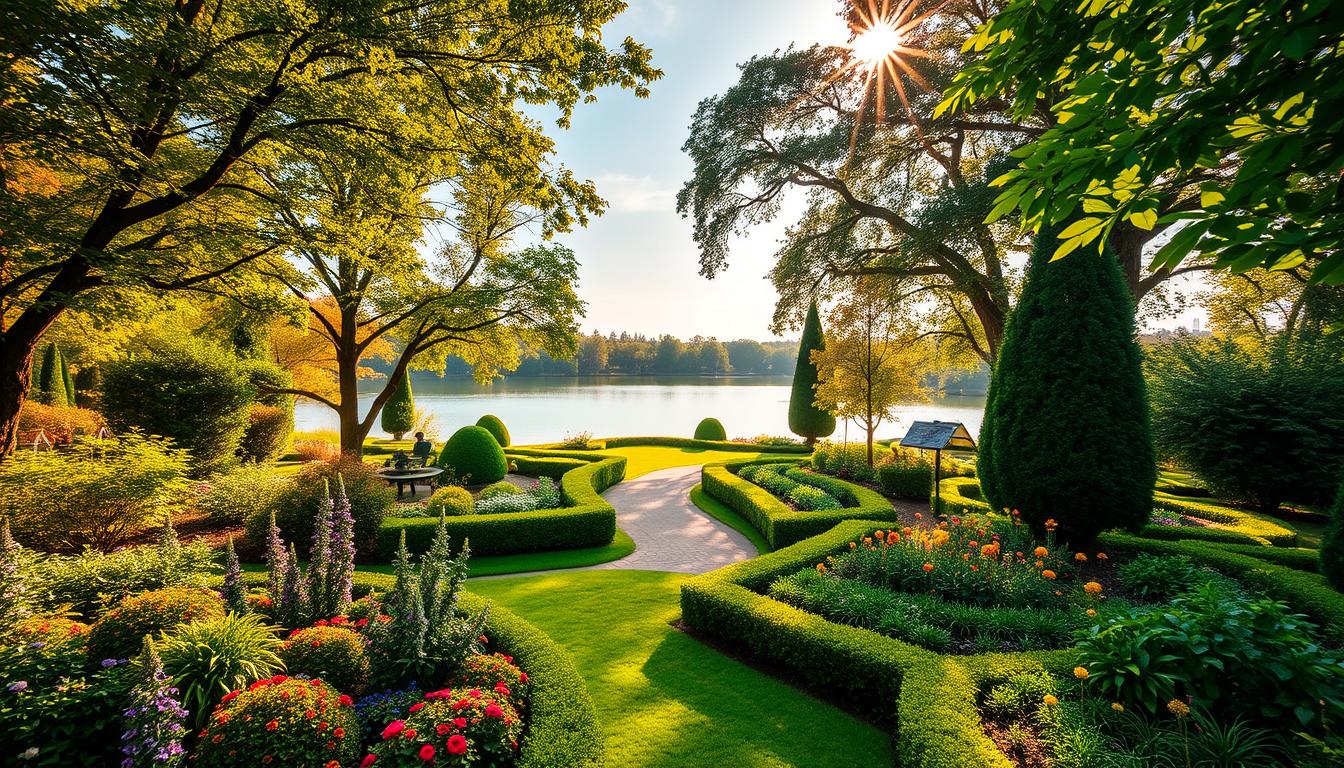
Enhancing Creativity and Personalization
To make a design feel truly yours, personalize AI outputs instead of accepting them unchanged. Personalization turns a generated plan into a living design that suits your tastes and lifestyle. Below are three practical ways to enhance creativity and tailor a garden or yard into your dream garden.
1) Adjust plant species, colors, or arrangement
Use the AI’s suggested plants and plant lists as a starting point, then swap in species you prefer or that perform better in your region. For color and rhythm, try repeating one accent color across beds or mix seasonal bloomers with evergreen structure. Example swaps: replace a non-native shrub with a native alternative for lower maintenance, or swap large-flowering perennials for spring bulbs if you want a bright early-season display.
UX tip: Save plant palette presets (e.g., “pollinator mix,” “low-water”) so you can reapply them quickly across multiple designs.
2) Experiment with seasonal layouts
Design multiple seasonal scenarios to keep the landscape interesting year-round. Create variants for spring (bulbs and early perennials), summer (bold colors and foliage), and fall/winter (ornamental grasses and structural evergreens). AI can quickly generate alternate layouts showing seasonal color and form—save each as a separate version to compare.
Practical idea: Build two or three seasonal plans and export preview renderings to see how the yard evolves through the year before committing to plant orders.
3) Personalize lighting and pathways
Lighting and circulation make a garden functional and atmospheric. Test different lighting styles—accent uplighting to highlight specimen plants, soft path lights for safety, or warm string lights over a seating area for ambiance. For pathways, experiment with materials and widths that match your intended use (gravel for casual paths, pavers for formal routes).
Example: Try an “accent lighting + meandering path” variant to emphasize focal trees, then a “uniform path + step lights” variant for clear night circulation—compare both in the preview.
Encourage iteration: save multiple versions labeled by style or season (e.g., “Modern-Summer,” “Cottage-Spring”). These saved ideas let you A/B test concepts and refine a final plan that feels like your own. Use the exportable presets and saved styles in your design tools so future projects start with a proven base.
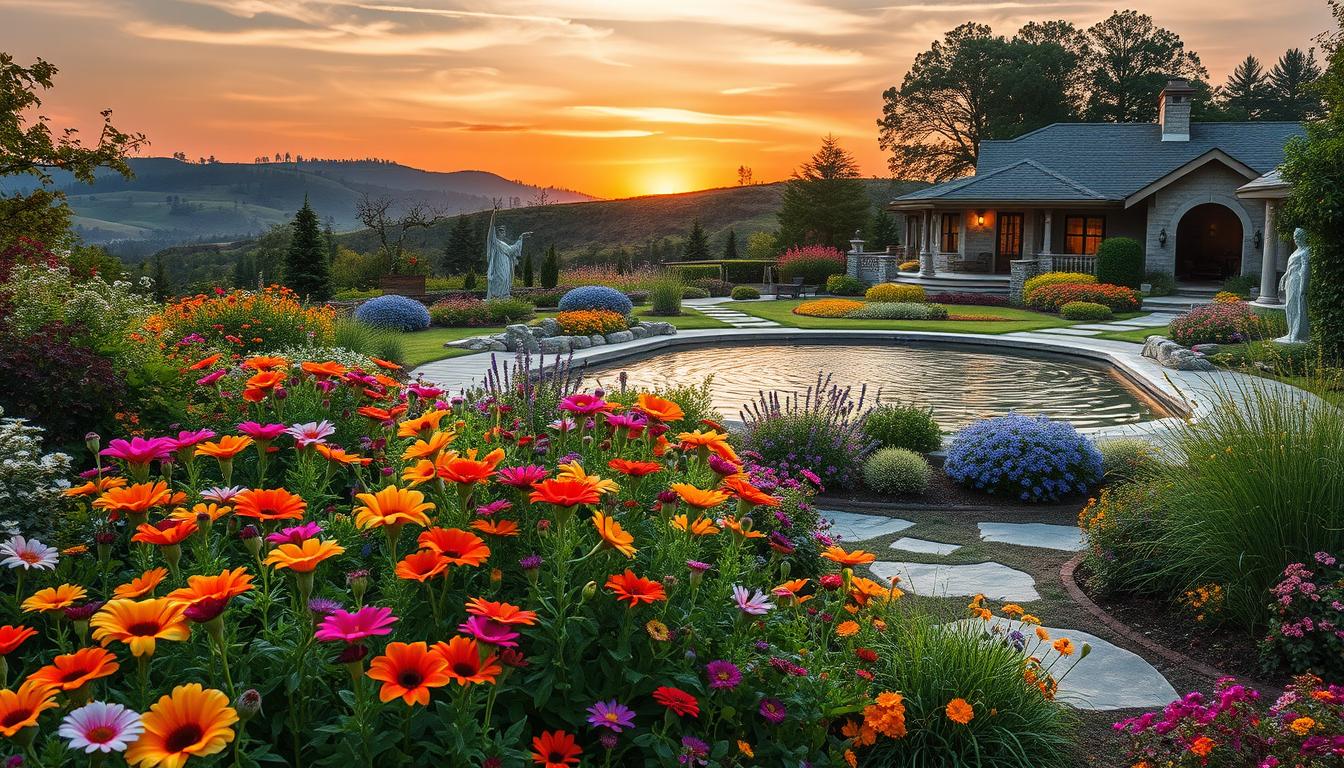
Tips for Optimizing Your Design Workflow
Maximize efficiency by treating AI as a smart assistant and organizing your process. Apply these concise, actionable design workflow tips to move faster, avoid rework, and produce buildable results.
1) Save multiple versions for comparison
Save iterations often and use a clear file-naming convention (e.g., ProjectName_v01_planDate_style). Store master files in the cloud (Google Drive, Dropbox) and keep exports locally for contractor use. Export quick snapshots (PNG/PDF) so you can visually compare designs side-by-side — this takes only a few seconds and prevents accidental overwrites.
2) Use AI suggestions as a starting point, not a final layout
Treat AI-generated suggestions and templates as idea generators. Pick the best elements, then refine: replace plants with local species, adjust spacing for mature sizes, and tweak materials to match your budget. Use templates and keyboard shortcuts in your app or tool to speed repetitive edits (batch replace plants, swap materials, or apply saved styles).
3) Track changes and notes for long-term projects
Keep a project log (simple doc or the tool’s notes) with change reasons, plant substitutions, and supplier links. This helps collaborators and future you understand decisions. When a design moves toward build, export a plant-quantity list and irrigation notes from the design — many design tools can generate CSV or PDF plant lists to simplify purchasing and contractor estimates.
Quick checklist:
- Use clear version names and cloud backups.
- Export snapshots for fast visual A/B comparisons.
- Leverage templates, presets, and batch edits to save time.
- Keep a change log and export plant/irrigation lists before ordering.
These steps help both new users and experienced users accelerate the workflow, reduce mistakes, and turn AI-powered ideas into reliable, buildable design outcomes.
Common Mistakes to Avoid in AI Landscape Design
When starting with AI landscape design, beginners commonly repeat a few predictable mistakes. Quick checklist of the top three to watch for:
- Over-relying on AI without planning
- Ignoring local climate or soil conditions
- Failing to explore alternative layouts
Understanding these pitfalls helps you use AI as a tool in the overall process instead of a one-step solution.
1) Over-relying on AI without planning
Relying solely on AI suggestions can produce designs that look good on screen but don’t fit real-world needs. Quick fix: always start with a measured site plan and a brief outlining goals (function, maintenance level, budget). Example: an AI might crowd planting beds into a service area—your plan will prevent that by marking no-go zones.
2) Ignoring local climate or soil conditions
AI recommendations are only as good as the data they use. If your tool doesn’t automatically apply local hardiness zones, soil type, or rainfall patterns, you may pick plants that won’t thrive. Quick fix: cross-check AI plant lists against local hardiness zone maps, extension service guidance, or soil test results before buying. Example: choosing frost-sensitive shrubs for a cold location can cause early failures.
3) Failing to explore alternative layouts
Accepting the first AI-generated design limits creativity and potential function. Quick fix: generate at least three distinct options (different circulation, hardscape placement, and planting density) and compare them visually and functionally. Use saved versions to A/B test sightlines, shade patterns, and maintenance requirements.
How to audit AI outputs:
- Check suggested plants against your climate and soil pH.
- Confirm mature plant sizes so spacing is realistic.
- Validate drainage, utilities, and sun/shade before finalizing layouts.
| Mistake | Description | Quick Fix |
|---|---|---|
| Over-relying on AI | Ignoring personal planning and preferences | Provide a clear site plan and goals before generating designs |
| Ignoring climate/soil | Neglecting local conditions for plant selection | Cross-check AI plant lists with local hardiness maps and extension advice |
| Not exploring layouts | Sticking to the first AI suggestion | Generate multiple variants and save versions for comparison |
By auditing AI outputs with these checks and quick fixes, you’ll avoid common mistakes and ensure the final design is both beautiful and buildable for your garden or landscaping project.
Conclusion
AI is changing how we approach landscape projects by making the design process faster, more creative, and easier to visualize. For beginners, the biggest benefits are speed (generate options in minutes), creative inspiration (automated suggestions and style variations), and realistic renderings that help you preview results before you plant or build.
Try both free and paid tools to discover what fits your workflow: start with a free app or planner to generate quick ideas, then test a paid trial when you need higher-resolution renderings, climate-aware recommendations, or contractor-ready exports. Whether you’re designing a small garden near your home or reworking a larger yard, AI helps you visualize your dream layout and iterate toward buildable results.
FAQs
Can beginners use AI landscape design software without prior experience?
Yes — most apps are built for accessibility. Tutorials, templates, and guided workflows help new users create credible designs quickly; treat AI outputs as starting points and refine them with your local knowledge.
Are there reliable AI landscape design free options?
Yes. Free landscape planners and free tiers of popular design apps let you test templates and generate basic layouts. Use free tools to learn the process, then upgrade to a paid plan if you need advanced features like CAD exports or high-quality renderings.
How accurate are AI-generated landscaping plans?
AI plans can be accurate when you supply good site data (measurements, slope, sun/shade) and verify plant choices for your location. Always cross-check AI suggestions with local hardiness maps and adjust for soil and microclimate before purchasing plants.
Can AI suggest plant combinations based on climate?
Many design apps include plant databases that factor in climate and basic soil conditions; however, confirm suggestions against local extension resources or a soil test to ensure long-term success.
What are the best practices for revising AI-generated layouts?
When revising AI-generated layouts, it is best to review multiple variations, adjust plant placement and spacing according to sunlight and growth patterns, and thoughtfully integrate hardscape elements such as pathways or seating areas. Saving multiple iterations allows users to explore different creative possibilities. All revisions should be validated against environmental conditions and personal preferences to ensure a practical, aesthetically pleasing, and buildable design.
